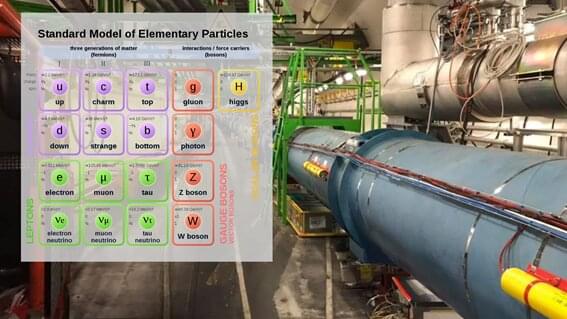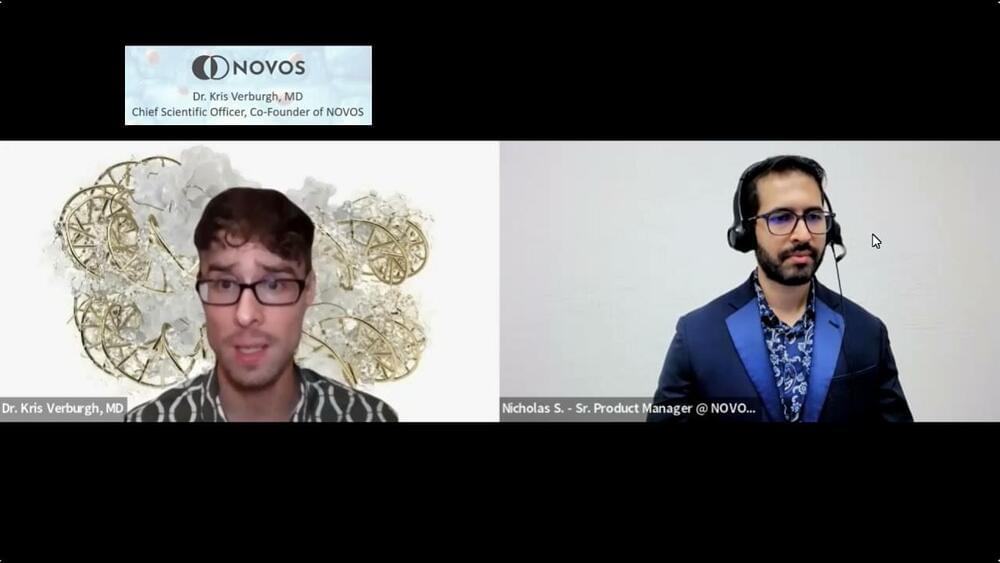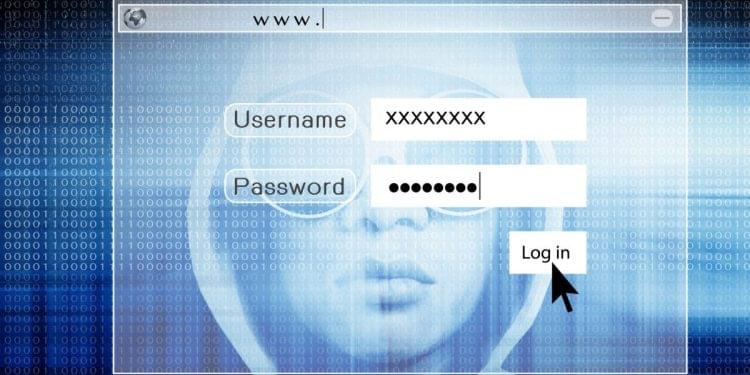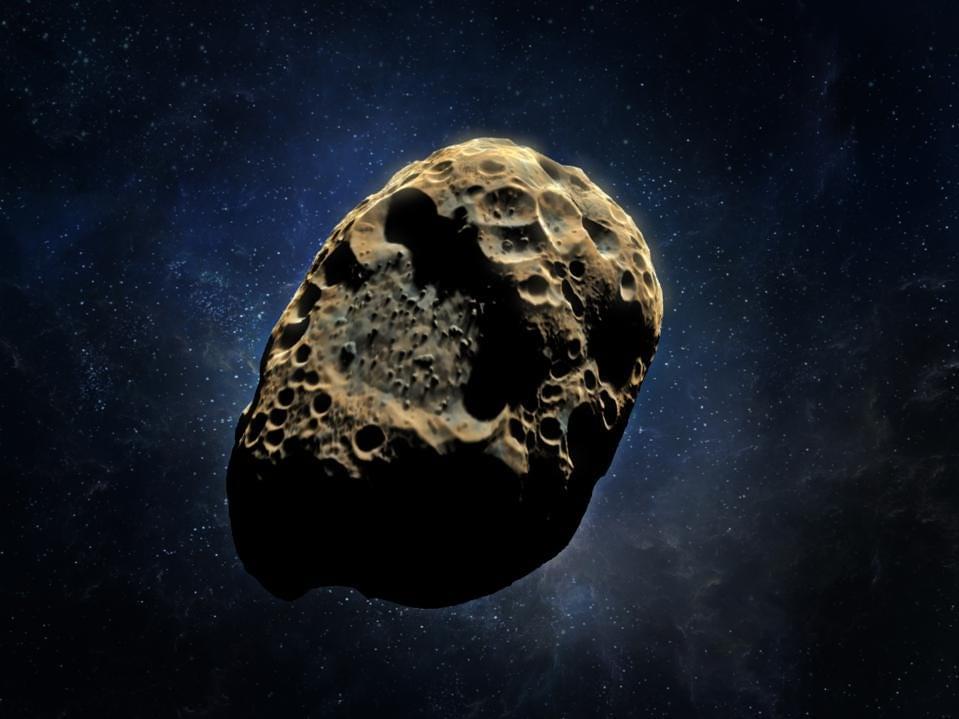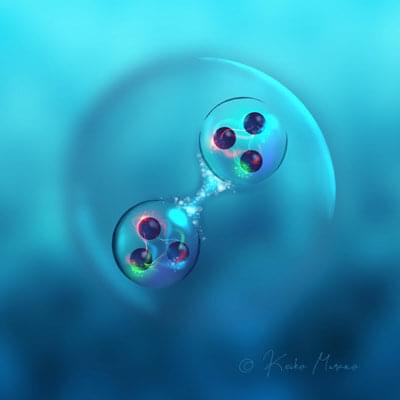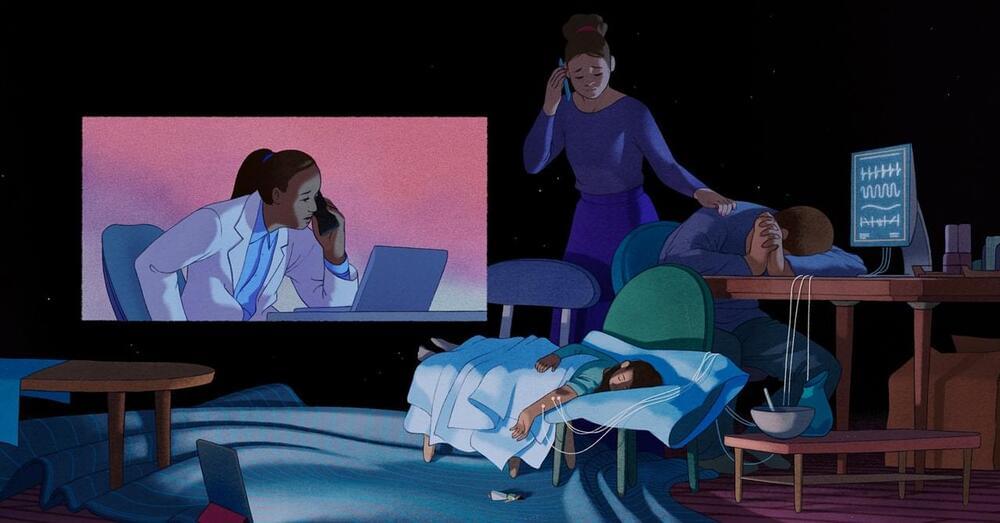The hunt is on for leptoquarks, particles beyond the limits of the standard model of particle physics —the best description we have so far of the physics that governs the forces of the Universe and its particles. These hypothetical particles could prove useful in explaining experimental and theoretical anomalies observed at particle accelerators such as the Large Hadron Collider (LHC) and could help to unify theories of physics beyond the standard model, if researchers could just spot them.
A new paper published in Nuclear Physics B by Anirban Karan, Priyotosh Bandyopadhyay, and Saunak Dutta, of the Indian Institute of Technology Hyderabad, Kandi, together with Mahesh Jakkapu, Graduate University for Advanced Studies (SOKENDAI), Kanagawa, Japan, examines the potential signatures of leptoquarks at the LHC to see how they could arise from proton-proton collisions for the possible mass ranges of these particles.
The main objective of this research is how to distinguish the signatures of different leptoquarks at proton-proton colliders like LHC or its proposed successor, Karan says.
